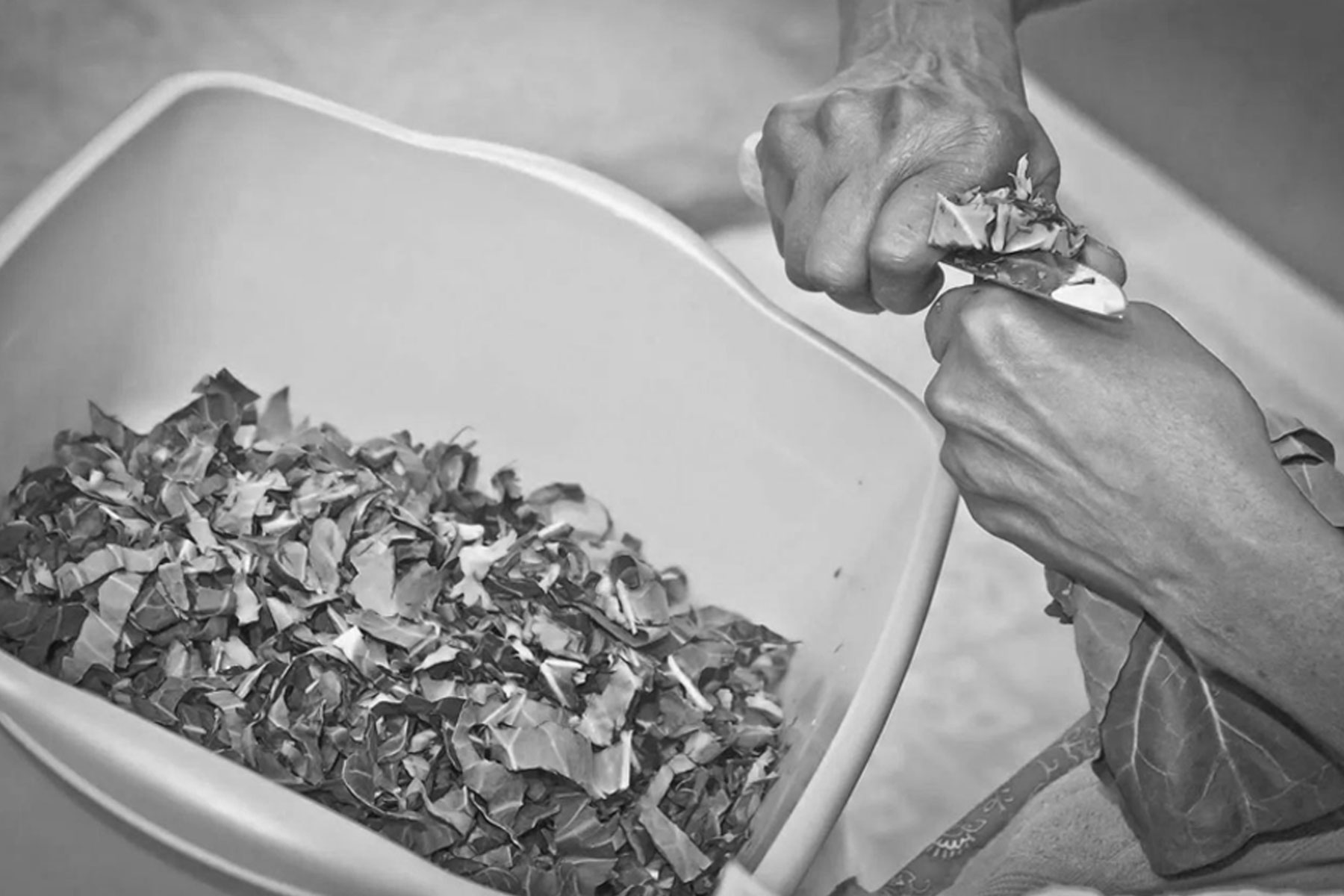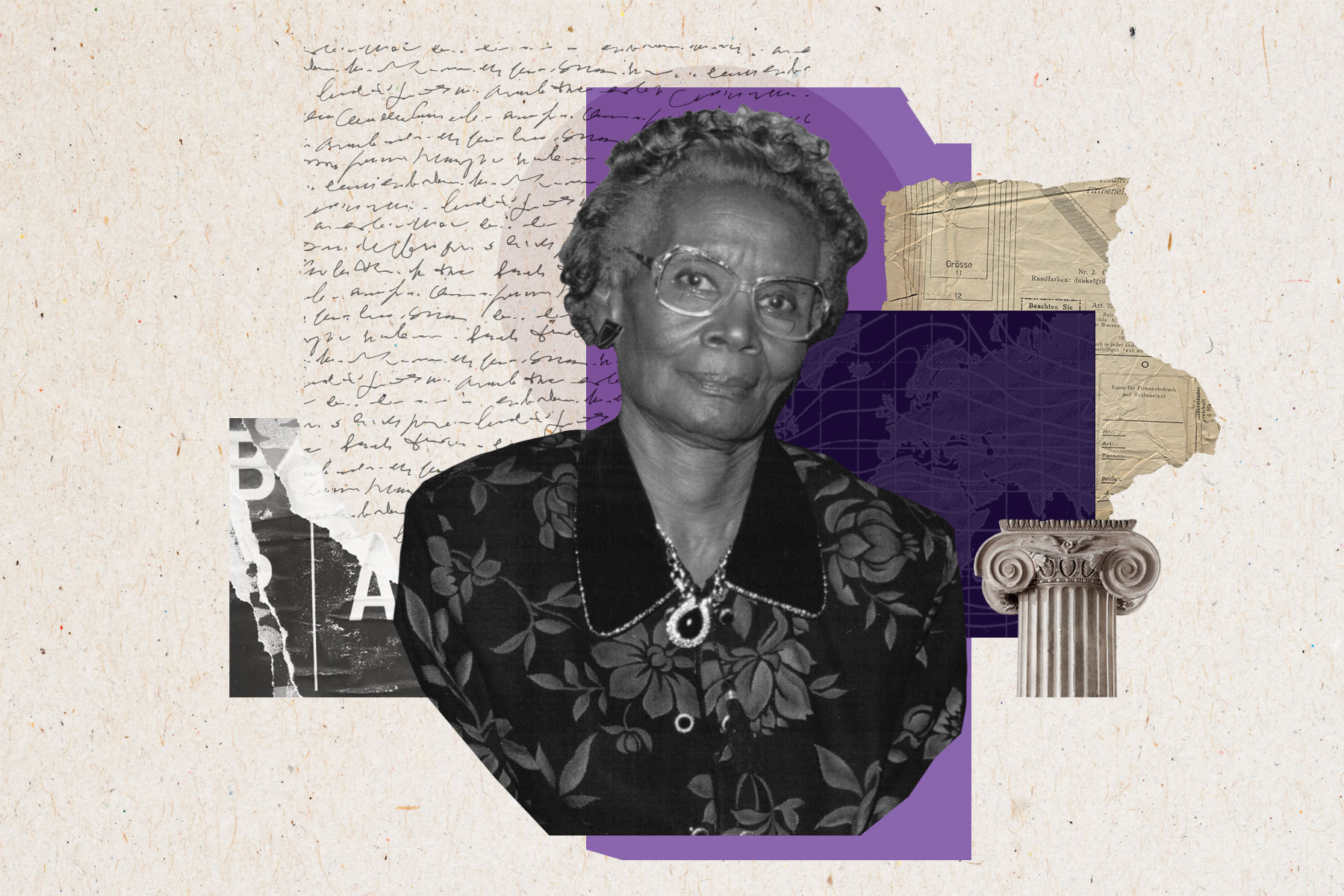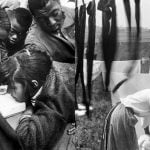This Black History Month, we’re telling the untold stories of women, women of color and LGBTQ+ people. Subscribe to our daily newsletter.
In the summer of 2012, my grandmother came to live with our family, and during that time, I gained valuable insights into her and the significance of home cooking. She was always in the kitchen, preparing meals for everyone. Whether it was greens simmering on the stove during weekends or her cherished homemade biscuits before church, her culinary skills were unmatched. The Golightly pound cake she made was a local treasure, a testament to her unique cooking abilities.
She cooked less over the years as she grew older, but one Saturday morning, she felt well enough to come downstairs and prepare greens. I vividly recall my mother urging me to grab my camera, saying, “Come in here and bring your camera. Your grandmother is prepping some greens.” As I descended the stairs, I found her in her favorite red “kitchen” dress, seated at the table with a towel over her legs, a tub to her right, and a sharp knife in hand. Collard greens covered the table. What I initially perceived as a routine task was, in fact, a cherished ritual my mother had witnessed growing up.

During the greens preparation, my mother interviewed my grandmother Golightly, asking deliberate questions between instructions on properly preparing collard greens. Grandma Golightly emphasized that food didn’t taste good unless it was made with love. She took joy in cooking for her family, friends and the church community.
Cooking for Black families is multifaceted, extending beyond merely preparing meals. It’s a means of preserving passed-down traditions, allowing us to learn, celebrate our cultural identity and challenge historical perceptions. Sharing recipes across generations keeps the narrative of our communities alive, connected, supported and strong.
Reflecting on this, I realize my mother aimed to capture something she had witnessed growing up — my grandmother making her famous greens. Through those moments, my mother learned to make them herself and wanted me to understand the stories behind the food, emphasizing the importance of preserving this cultural knowledge for our family. My grandmother, an agent of change, celebrated milestones with her food, supporting the community in times when community was our lifeblood.
-
Read Next:
My grandma led an extraordinary life, raising a family of five at home while caring for another family nearby. Her impact on the community was tremendous. Renowned and still revered by those who had the privilege of knowing her, she embodied strength and resilience.
Despite the disability affecting her hands, she pressed through, revealing the beauty and pain, victory and defeat — all encapsulated in two beautiful, rheumatoid-riddled hands. Those amazing hands cutting greens — for me. My grandma’s hands.






